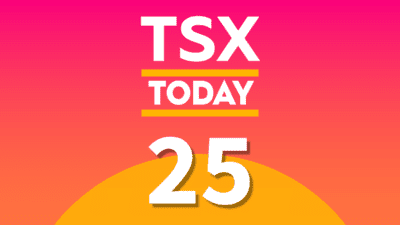Canadian retirees who receive OAS need to keep an eye on their earnings to avoid the OAS clawback.
OAS clawback 101
The CRA implements a pension recovery tax on OAS payments when a person’s net world income tops a certain level. The minimum threshold in 2020 is $79,054.
At this point, the CRA claws back 15 cents of OAS payments on every dollar above the minimum amount. The clawback continues to increase until the full OAS would be impacted. The CRA deducts the clawback amount from the OAS payments that are due in the next year.
Seniors receive income in several ways. Company pensions, CPP, OAS, RRSPs, and RRIFs are common income sources for Canadian retirees. All of these are considered taxable income and contribute to the net world income calculation. Earning on investments held in taxable accounts also get added to the total.
People who retired with decent defined-benefit pensions can easily reach the $79,000 income mark. The kicker with the OAS clawback is that you get hit twice on any earnings increase. The extra income could put a person in a higher marginal tax bracket. At the same time, the OAS clawback adds another 15% hit.
TFSA solution to avoid the OAS clawback
The Tax-Free Savings Account (TFSA) offers investors one way to get extra earnings on investments and avoid triggering the OAS clawback. The CRA does not tax any gains on investments held inside the TFSA. In addition, money removed from the TFSA doesn’t get counted toward net world income.
The TFSA limit in 2020 is $69,500, so people have decent investment room to earn tax-free income.
Best investments for a TFSA
The era of low interest rates looks set to continue for a few years. As a result, GICs are not going to pay much for some time. Bond yields aren’t much better. This leaves dividend stocks as the top choice right now to get adequate returns on savings.
Stock come with risks, but top companies with strong track records of dividend growth tend to deliver reliable long-term returns. Fortunately, the market correction in 2020 has provided income investors with an opportunity to pick up top dividend stocks at reasonable prices.
Royal Bank (TSX:RY)(NYSE:RY), for example, might be an interesting pick today. The bank is Canada’s largest financial institution by market capitalization and ranks among the top 15 on the planet.
The pandemic is putting a squeeze on earnings due to large provisions for credit losses, but Royal Bank remains very profitable. The company has the capital strength to get through the pandemic and the dividend should be very safe.
Investors who buy Royal Bank stock now can pick up a solid 4.5% dividend yield.
The bottom line
Retirees can use the TFSA to earn investment income without worrying about being bumped into a higher tax bracket or being hit by the OAS clawback.
Royal Bank is just one of many top dividend stocks on the TSX Index that deserve to be on your TFSA radar. Putting a diversified portfolio together that provides a 5% yield is easy right now.
This would generate $3,475 per year in tax-free income on a $69,500 portfolio. That’s $289.58 per month.







